Wisdom Publications
199 Elm Street
Somerville, MA 02144 USA
wisdompubs.org
2018 Kimiaki Tanaka
All rights reserved.
No part of this book may be reproduced in any form or by any means, electronic or mechanical, including photography, recording, or by any information storage and retrieval system or technologies now known or later developed, without permission in writing from the publisher.
Library of Congress Cataloging-in-Publication Data
Names: Tanaka, Kimiaki, author.
Title: An illustrated history of the mandala: from its genesis to the Kalacakratantra / Kimiaki Tanaka.
Other titles: Indo ni okeru mandara no seiritsu to hatten. English
Description: Boston: Wisdom Publications, 2018. | English version of the authors dissertation, submitted to the University of Tokyo in 2007, and published in 2010 by Shunjusha. | Includes bibliographical references and index. |
Identifiers: LCCN 2017055299 (print) | LCCN 2018002765 (ebook) | ISBN 9781614292920 (ebook) | ISBN 9781614292784 (pbk.: alk. paper)
Subjects: LCSH: Mandala (Buddhism) | Tantric BuddhismIndia. | Buddhist art and symbolismIndia.
Classification: LCC BQ5125.M3 (ebook) | LCC BQ5125.M3 T356413 2018 (print) | DDC 294.3/437dc23
LC record available at https://lccn.loc.gov/2017055299
ISBN 978-1-61429-278-4ebook ISBN 978-1-61429-292-0
Cover design by Jim Zaccaria.
Interior design by Gopa & Ted2, Inc.
Set in Diacritical Garmond Premier Pro 11.25/14.4.
Wisdom Publications books are printed on acid-free paper and meet the guidelines for permanence and durability of the Production Guidelines for Book Longevity of the Council on Library Resources.
 This book was produced with environmental mindfulness. For more information, please visit wisdompubs.org/wisdom-environment.
This book was produced with environmental mindfulness. For more information, please visit wisdompubs.org/wisdom-environment.
List of Figures
Chapter 1: The Genesis of the Maala
Figure Title
Chapter 2: The Emergence of the Garbha-maala
Figure Title
Chapter 3: Maalas of the Prajpramitnayastra
Figure Title
Chapter 4: The Emergence of the Vajradhtu-maala
Figure Title
Chapter 5: The Emergence of the Guhyasamja-maala
Figure Title
Chapter 6: Maalas of the Mother Tantras
Figure Title
Chapter 7: The Maala of the Klacakratantra
Figure Title
Chapter 8: The Development of the Maala and Its Philosophical Meaning
Figure Title
Foreword
While I was reading through An Illustrated History of the Mandala: From Its Genesis to the Klacakratantra by Kimiaki Tanaka, I was reminded of a story told about Atisha (ca. 9821042 CE), the Bengali prince become superb Buddhist teacher and great benefactor of Tibet, way back in the day. It is said that in his late twenties he was still a layman, an anointed prince, and also a good Buddhist scholar and practitionerand then he had a vivid dream. A group of kins (beautiful enlightened angels) approached him carrying a huge, ornate chest and asked him: Are you interested in the Tantras? His dream persona responded Yes enthusiastically. We have some texts here, would you like to see them? Of course! Thank you! In his dream he approached the chest and the kins opened the cover for him to look inside. He was shocked. There were stacks of glowing texts, some in Sanskrit, some in alphabets he did not know. Those titles he could read he had never even heard of, and he reached eagerly into the chest. As soon as he did, they gracefully but firmly withdrew the chest and shut the lid, saying in celestial chorus, If you would like to learn them, you must give up your princely leisurego to Bodhgaya and become ordained as a monkthen you can study full time and really practice! Upon awakening, the prince changed his life as he had been urged.
I think the reader of Dr. Tanakas extraordinarily vast and deep magnum opus of the historical development of the Indic Buddhist Tantras will have an experience somewhat like that, just as I did. What a richness of mandalas! How far-reaching is Dr. Tanakas study and analysis of those many mandalas! This is clearly a go-to work that no scholar specializing in the study of the Indo-Tibetan Buddhist Tantras can afford to ignore. I feel honored to write this brief foreword to it. In doing so, of course, I cannot pretend to be able to match Dr. Tanakas immense scholarship in this fieldhis book is such a comprehensive compendium survey of the state of the art of modern scholarly study of this rich field. It is of immense value in orienting anyone who intends to delve deeper into any of the many Tantras he surveys.
One of the great virtues of the book is its lavish illustration with numerous photographs of works of Indic and Tibetan Buddhist art that visually support Dr. Tanakas many insights into the sources and development of the mandala sciences and arts that unfolded over the 1,700 years of Indic Buddhist history and the subsequent eight centuries of Tibetan preservation, recovery, and further refinement of the traditions and practices. Particularly helpful are his many tables, charts, and diagrams that enable the reader to visualize the intricate details of the many Tantric mandalas in use in the tradition. I learned a lot in my first reading of the work, and hope to learn a lot more by focusing on specific chapters and following up on the many sources Tanaka cites.
Further, my enthusiasm for this work is intensified by my sense that Dr. Tanaka is aware that modern studies of the Buddhist Tantras are still just in their beginnings. Dr. Tanaka comes from the Japanese scholarly tradition, masterfully combining philology, art historical and curatorial expertise, and Buddhist philosophical study. He occupies the summit of that tradition of secular Tantric study that stems from the Shingon school of Japanese Buddhism. Very significantly, he has a strong philological command of the fragmentary Sanskrit Tantric literature along with the voluminous Tibetan translations of Sanskrit works as well as the Tibetan critical scholarship on the tradition. He deploys his interdisciplinary knowledge to create this masterful summa of Indo-Tibetan Tantrism from this modern, art historical, and historicist point of view, only very subtly going deeper into the underling philosophy and practice.
The modern aspect has to do with the angle of viewpoint: he looks out on a complex scientific, artistic, spiritual, and social tradition from the modern vantage, from which the mandalas and Tantras are exotic and fascinating, among the doings of certain pre-modern people. The art historical aspect has to do with cataloguing in detail the many representations of beingsdeitiessuch people thought of as higher beings. The historicist point of view is inherited from the Western culture, where things are ultimately to be understood as impersonal processes happening in a progressive time, from the original genesis to a kind of conclusion, an end of time. Fittingly, he finds the endpoint in the Wheel of Time (Klachakra) Tantra mandala! The modern scholar feels she or he has understood something fully when it has been located in a timeline of the history of the cumulative actions of religious actors who themselves seem to live outside of history.
Actually, Tibetan scholars of recent centuries and the present are the heirs of the Indic Tantric scholars, artists, and yogic practitioners who have created, practiced, and sustained the Tantras for millennia (and still do). They also agree in a sense about the historical development of the esoteric Tantric element of Universal Vehicle Buddhism. But their sense of the history derives not from a cumulative process of development, but rather a cumulative process of revelation. That is, the Indo-Tibetan tradition assumes the source of all mandalas in the mind of a fully enlightened human being, a buddha (enlightened) being who became something more than human by virtue of an expansion of consciousness in a super-realistic wisdom sense. That buddha being also fully understood the realities of time and space, knowing history as a process involving the repeated lifespans of evolving beings. That buddha being not only secured his/her/its own evolutionary transmutation into a perfectly liberated and effectively engaged state, but he/she/it also undertook compassions responsibility to assist countless other interconnected beings to win their own freedom and success in an identically satisfactory manner, each one requiring its own evolutionary time. Such progression would never be a matter of mechanical fate, but could take more or less time, and the buddha beings responsibility is to see to it that it should be as short a time as possible for each, since suffering would rule them until they discovered their own beatific realities.


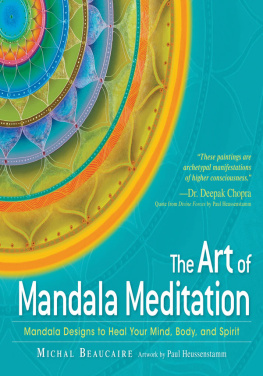
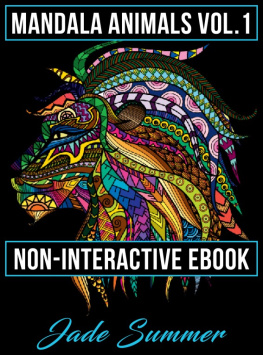
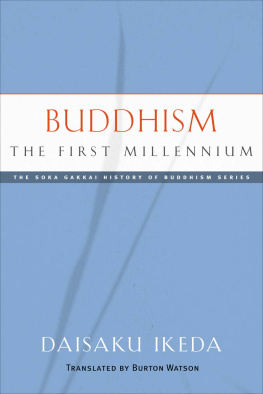
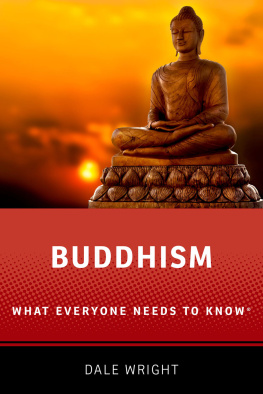
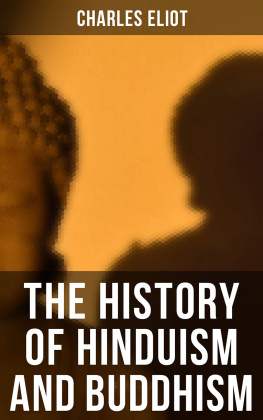
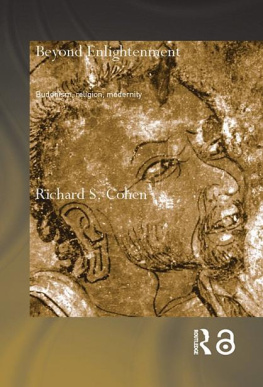
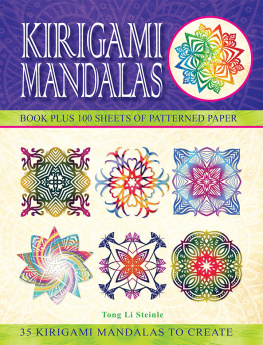
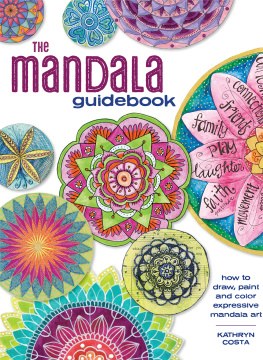


 This book was produced with environmental mindfulness. For more information, please visit wisdompubs.org/wisdom-environment.
This book was produced with environmental mindfulness. For more information, please visit wisdompubs.org/wisdom-environment.